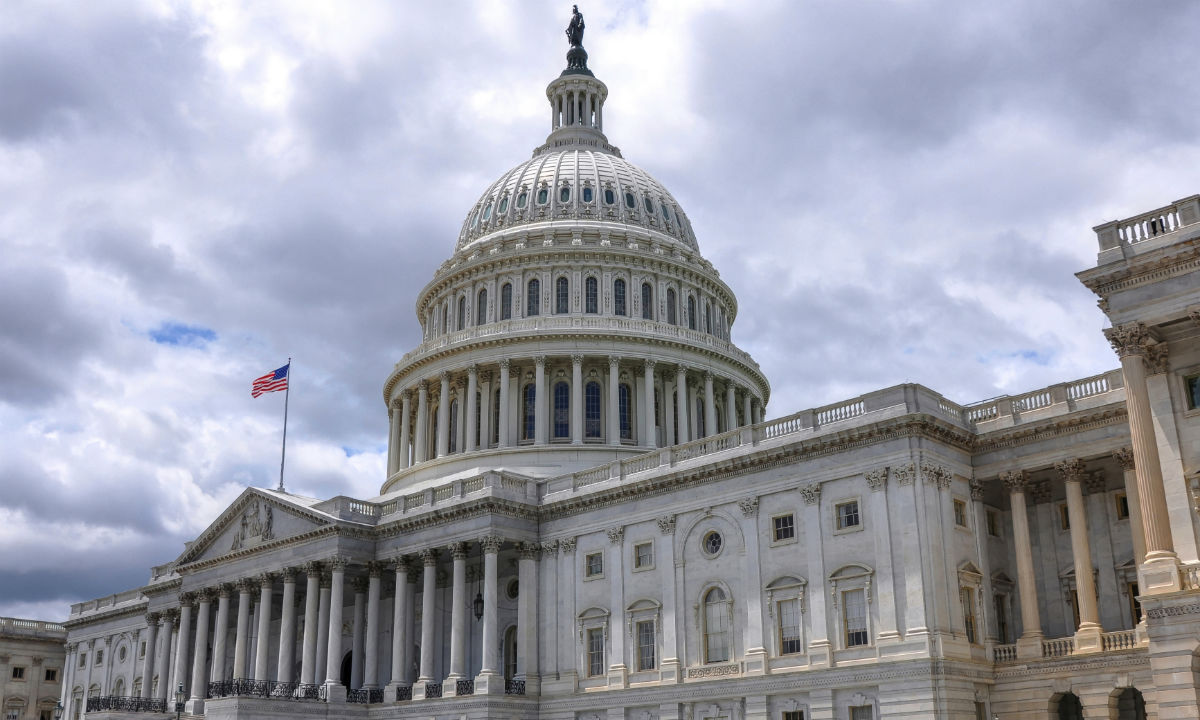After thirty-five days of the federal government being partially shut down, over 800,000 furloughed government employees return to work on Monday, January 28th. Although acting White House Chief of Staff Mick Mulvaney stated on Sunday, “by the end of this week all of the back pay will be made up”, federal employees are still concerned the government may shut back down on February 15th. With congressional Democrats forcing President Trump to concede for his request for a wall along the southern border of the United States, Speaker of the House Nancy Pelosi remains very clear on her position on the wall- it’s not going to happen.
On December 11th, 2018 President Trump declared that he would be “proud to shutdown the government” if he didn’t receive full funding for his border wall. The wall, being the backbone of Donald Trump’s 2016 presidential campaign, would require $5.7 billion in order to be funded. Congressional Democrats, however, remained adamantly opposed to the wall, citing the wall as immoral and a waste of money. Throughout December a series of public and private meetings were held with the Trump Administration, Nancy Pelosi and Chuck Schumer, the Senate minority leader. They attempted to negotiate a deal that would fund the government until February 8th while keeping negotiations on the wall open for debate.
The negotiations failed. Although the bill to keep the government open through February 8th passed in the Senate, President Trump refused to sign the bill because it did not include the $5.7 billion to fund the wall. On December 22nd, the shutdown began, affecting approximately 800,000 federal employees and sixteen governmental agencies, including national parks and TSA.
It wasn’t until Friday, January 25th, when President Trump agreed to reopen the federal government for three weeks while negotiations continue over funding for border security. In what is considered a great defeat for President Trump by both political parties, federal employees rejoice about being able to go back to work.
Although the monetary cost of the shutdown is still unclear, it was the longest government shutdown in United State’s history, illuminating the President’s inability to make a deal with the new Democratically controlled House of Representatives. The shutdown also highlighted the growing divisions within the Republican party as, “six republican senators crossed the aisle to vote for a Democratic measure to end the 35-day government shutdown”, wrote Steve Benen for MSNBC.
The shutdown is also a glowing representation on how the arms of the federal government can trickle down into the lives of ordinary citizens. Across the country, furloughed employees took measures to make money while they were not receiving paychecks, from driving for Uber to substitute teaching. A lot of these employees took federal jobs because of the perceived stability, but when the shutdown started, many didn’t know what to do to feed their families and pay their mortgage. From FBI agents to janitors, the shutdown proved to be a nationwide headache that didn’t need to happen in the first place.
In the end, President Trump signed essentially the same legislation that the Senate voted for on December 22nd-a stopgap spending measure that will fund the government until February 15th. With a democratic concession increasingly unlikely, the future paychecks of federal employees are dangling in front of their faces. Nevertheless, President Trump still has one more trick up his sleeve: declaring a national emergency for the military to build a wall- a proposition this will undoubtedly be contested by numerous lawsuits. “I can do it if I want”, the President said. “We can call a national emergency and build it very quickly”.
By Ryan Nickerson
Photo: Keri Delaney / Shutterstock.com






